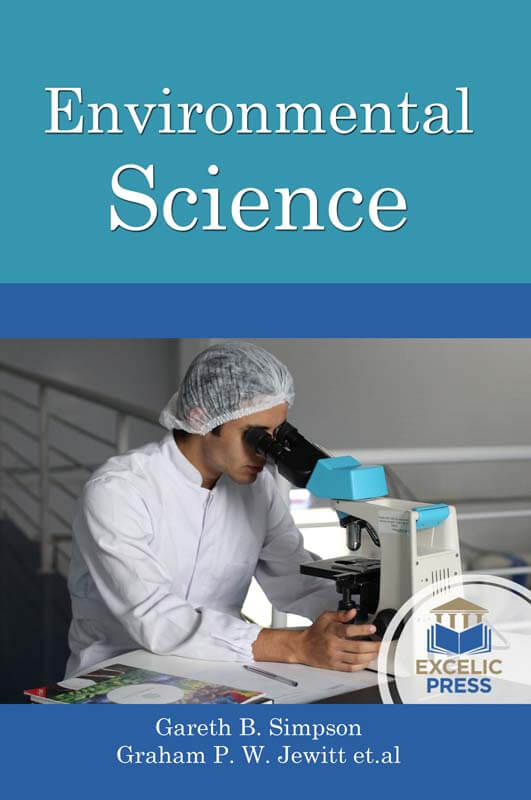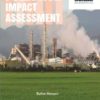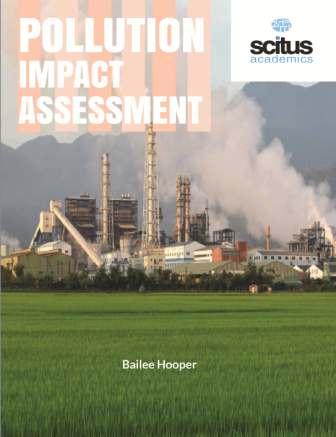Environmental Science deals with the interdisciplinary field and needs the study of the interactions among the physical, chemical and biological processes. Thus, knowledge of environmental science is very important because it studies the connection and implication of seemingly disconnected phenomena, helpful to the outcome of our activities such the effect of technology on the obliteration of the natural resources and the ecosystem, and what we can do to reverse some of this destructive forces and heal the environment, saving ourselves in the process. To save the natural atmosphere, an honest and effective understanding of biologics is required.
This book deals with the multidisciplinary information of the environment and the conservation of precious natural resources. This book starts with a study of the evolution of the water-energy-food (WEF) nexus since its rise to prominence in policy and development discourses in 2011. Drawing from an intensive review of printed literature, the paper presents varied interpretations of the thought whereas conjointly considering the novelty of the WEF nexus. The challenge of integrating and optimizing the components of this multi-centric nexus is examined. The book examines the mortality and air pollution effects of air quality interventions in metro cities. It also presents well-grounded information on the relationship of sea-level changes to climatic change in northeast Asia and northern North America.
Next, it presents a review of environmental studies and landfill gas generation and utilization. In succeeding chapters, it also emphasizes to mineral resource active regions; enhancement of gasworks groundwater remediation by coupling a bio-electrochemical and activated carbon system; elimination of macrolides in water bodies using photochemical oxidation; and a GIS-based tool for bioaccumulation risk analysis and its application to study polychlorinated biphenyls in the great lakes. The environment is continuously loaded with man-made organic chemicals and metals released by urban communities and industries. Examples of these chemicals are polychlorinated biphenyls (PCBs), organochlorine pesticides, polycyclic aromatic hydrocarbons (PAHs), dioxins, and mercury. The ultimate destination for many of these contaminants is the aquatic environment, either due to direct discharges or to hydrologic and atmospheric processes. The book also equips readers to develop a Geographic Information System (GIS)-based tool to estimate bioaccumulation of contaminants in aquatic ecosystems, and the health risks for humans that feed on these species. This intended scientific information will be of value to the students, scientists, researchers, and other stakeholders associated with the subject area.













Reviews
There are no reviews yet.